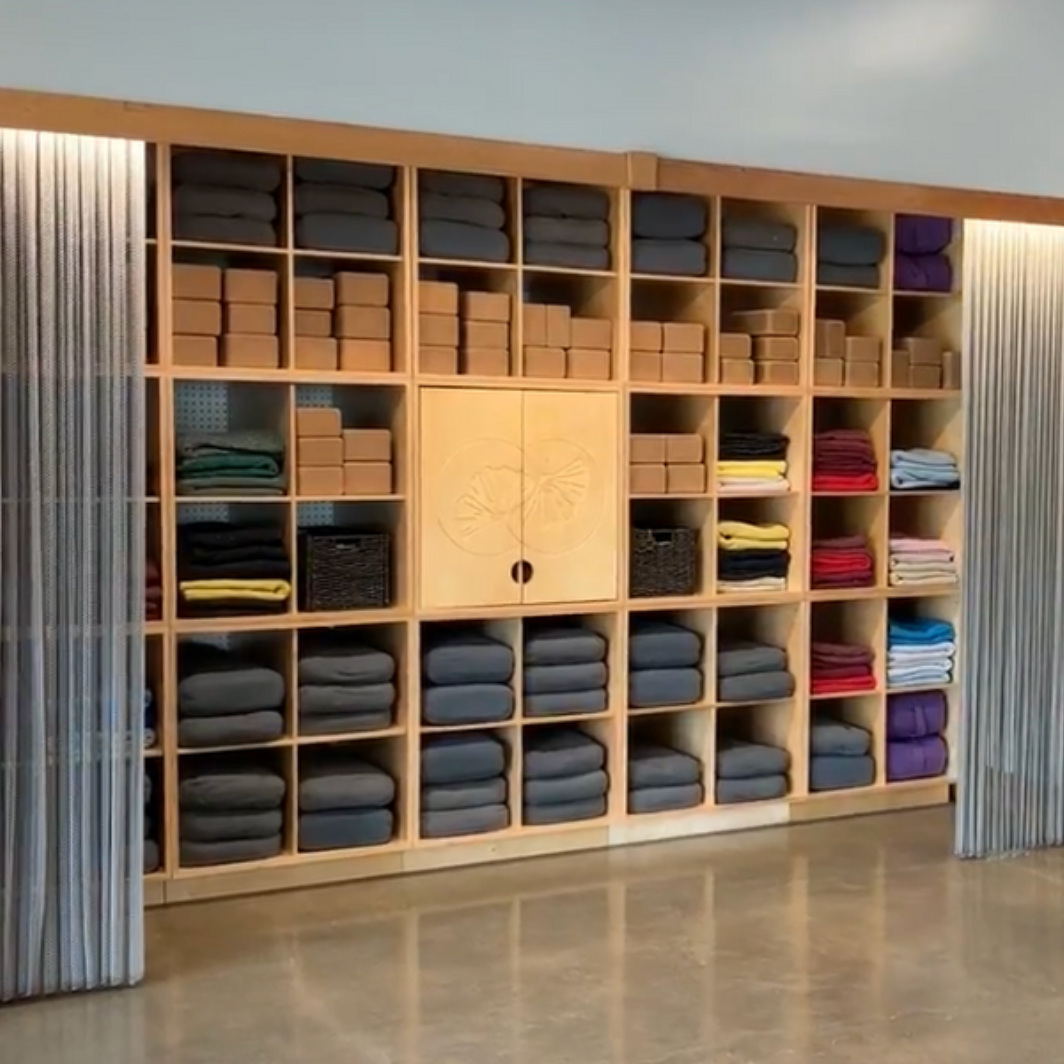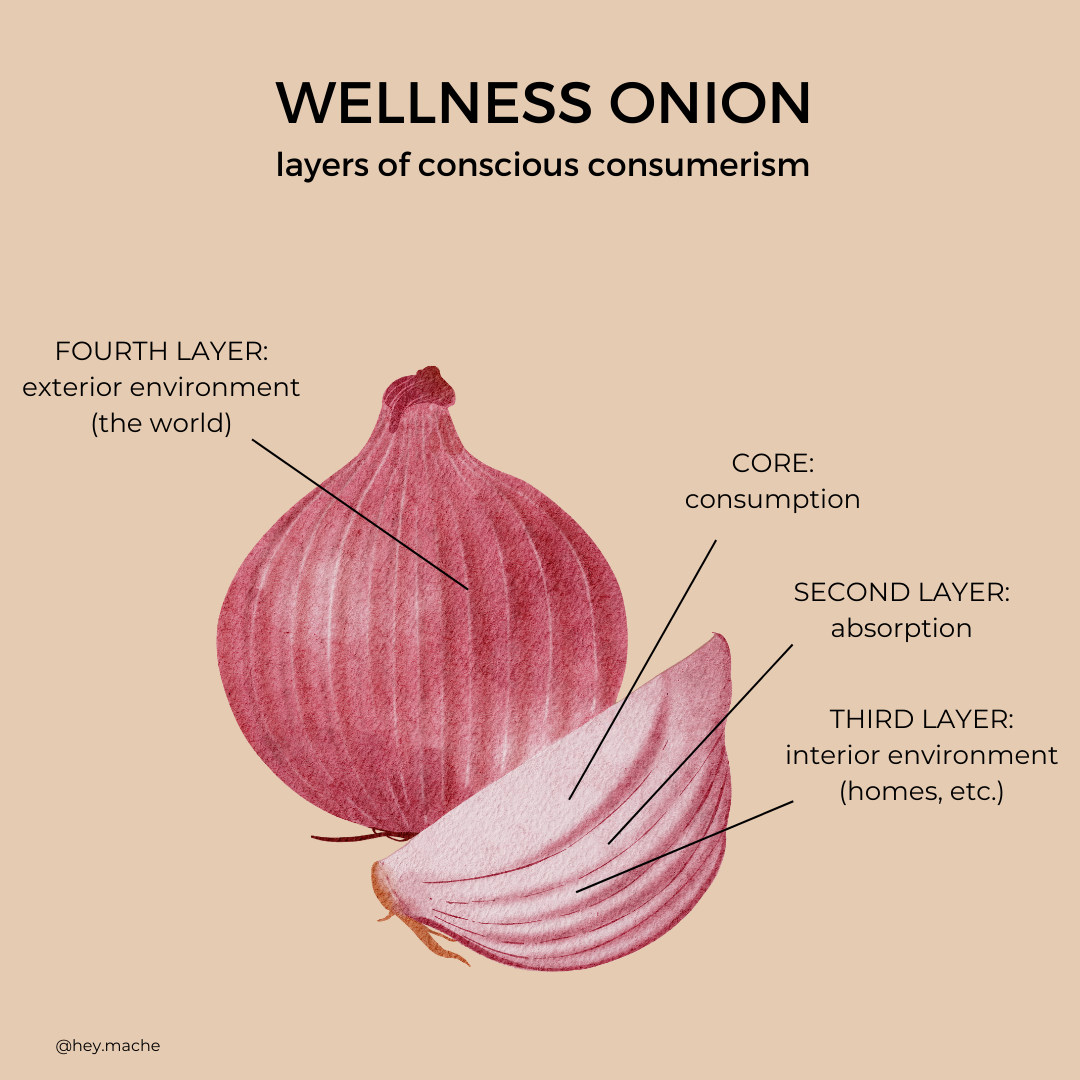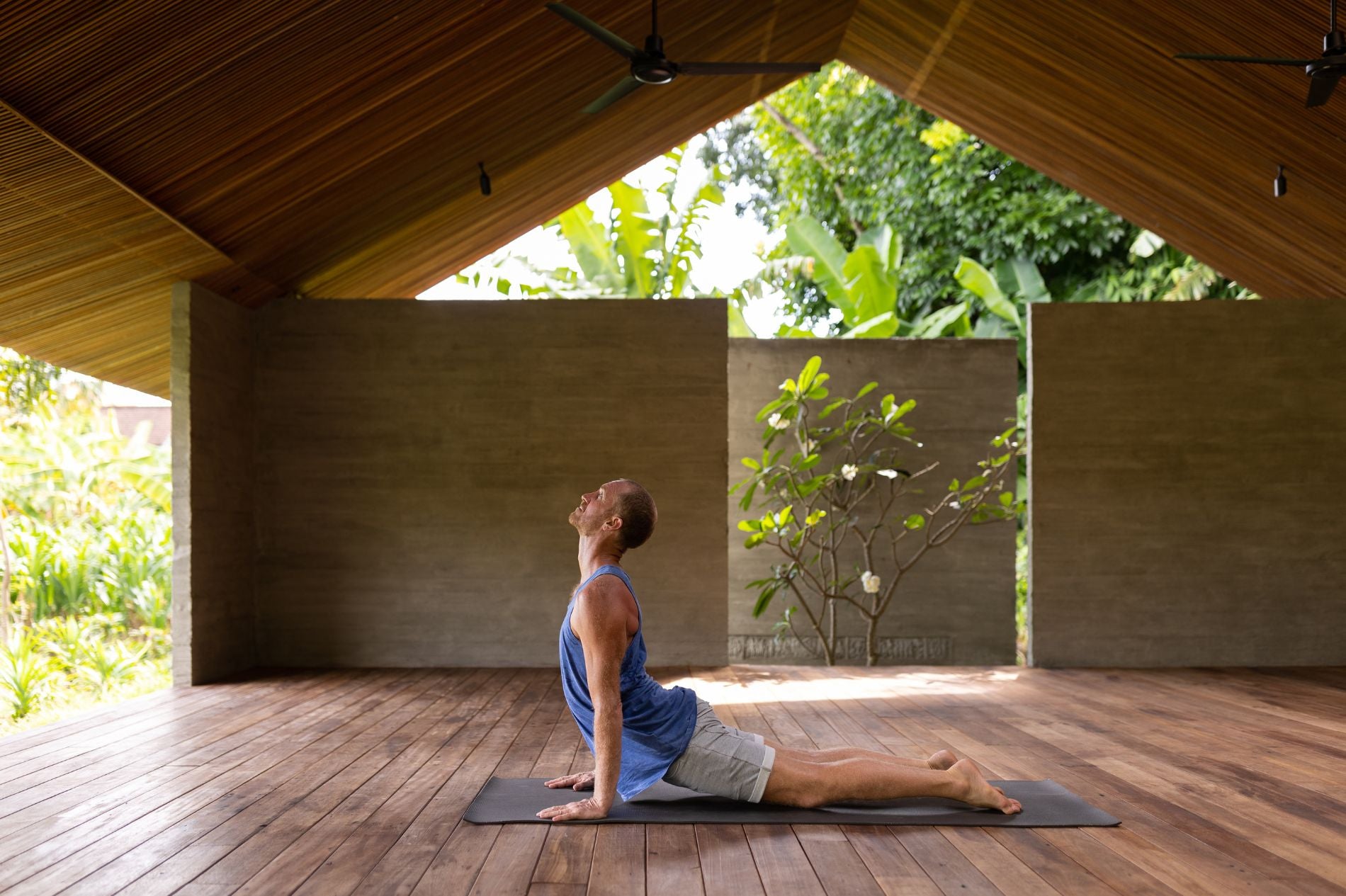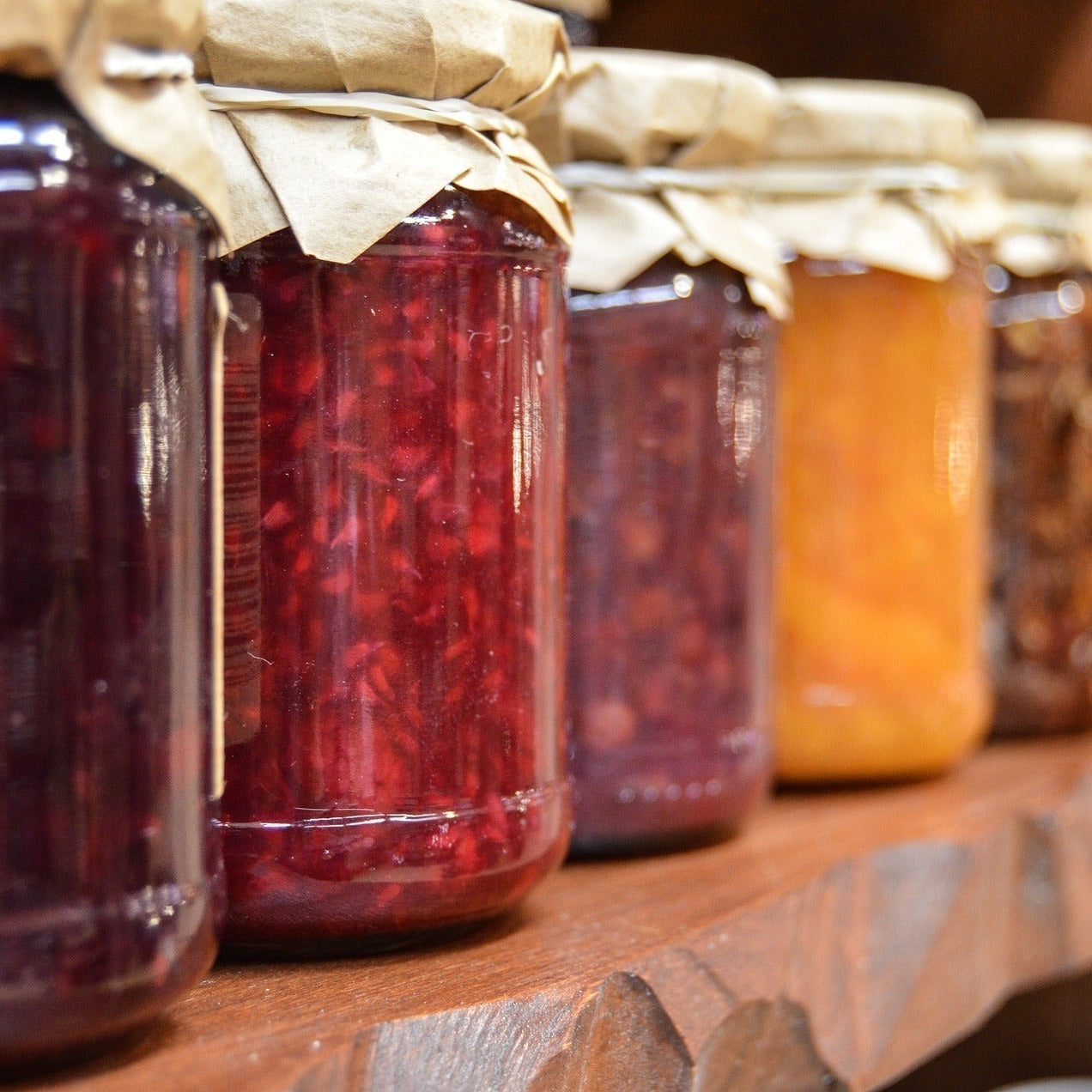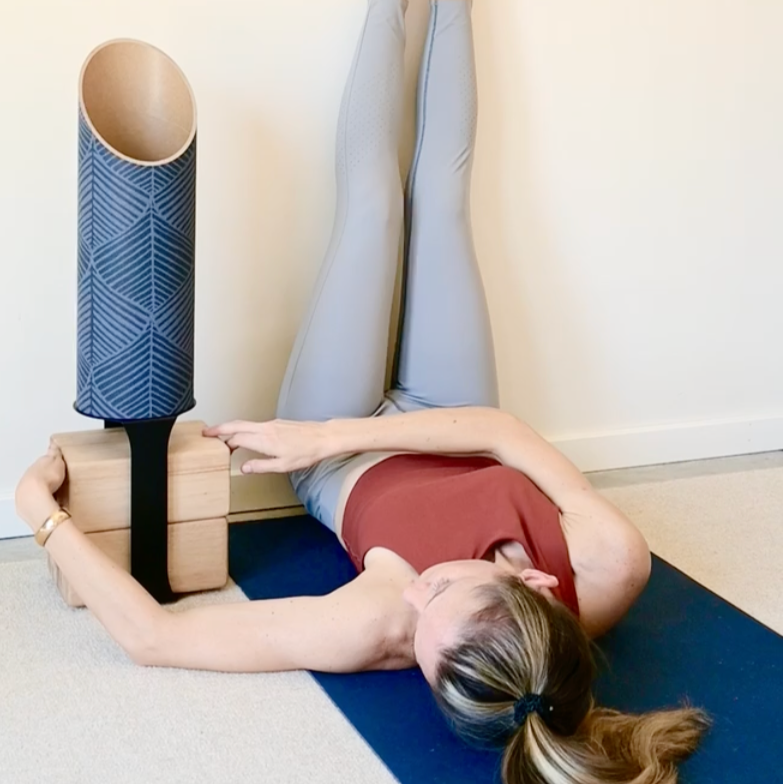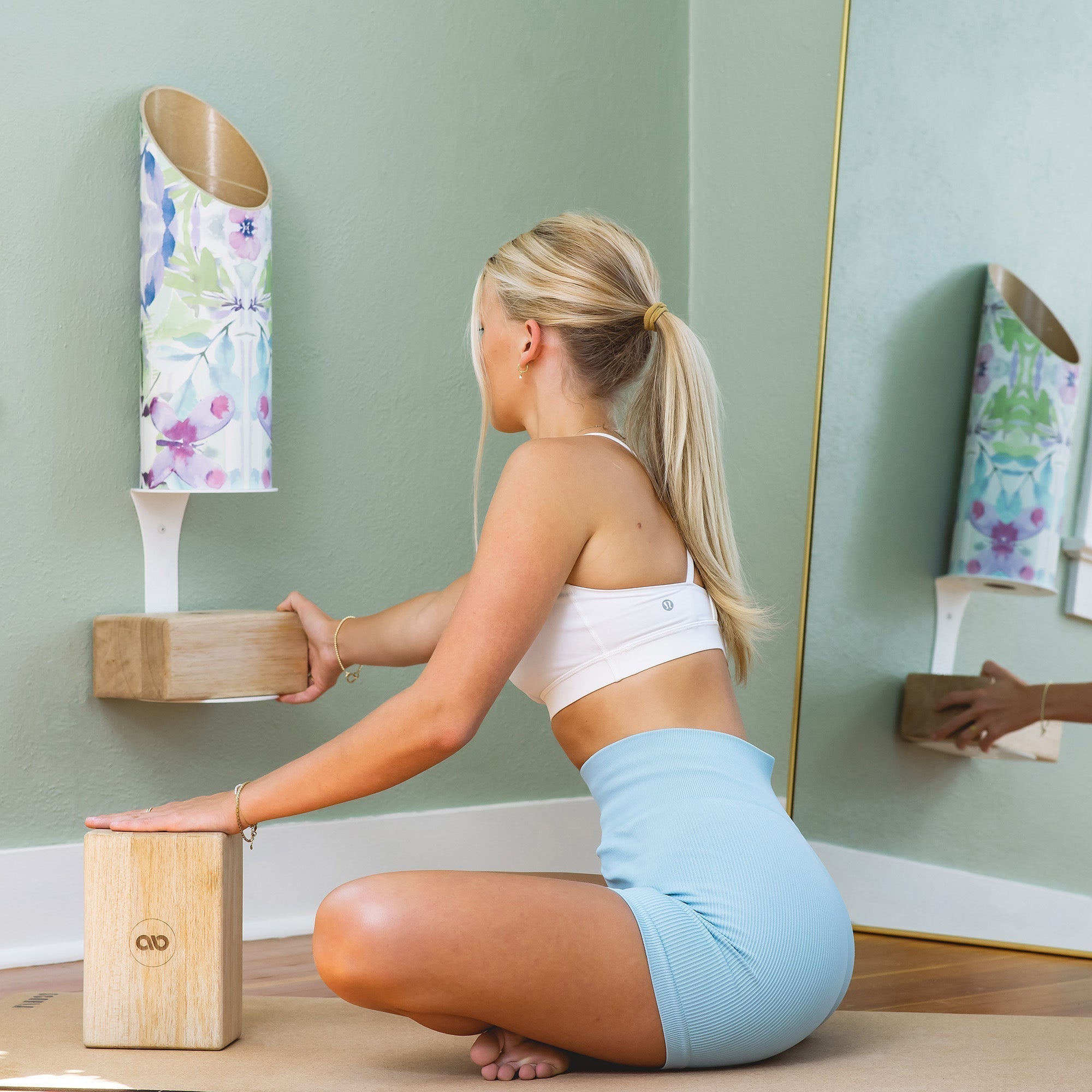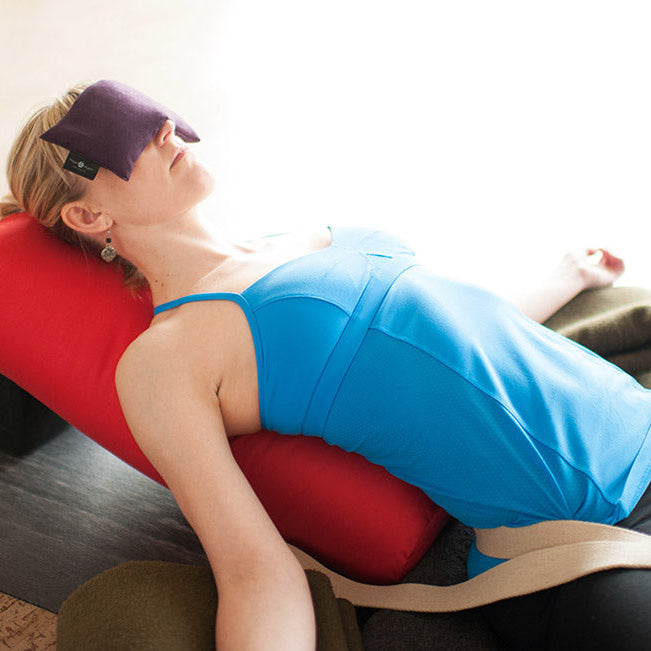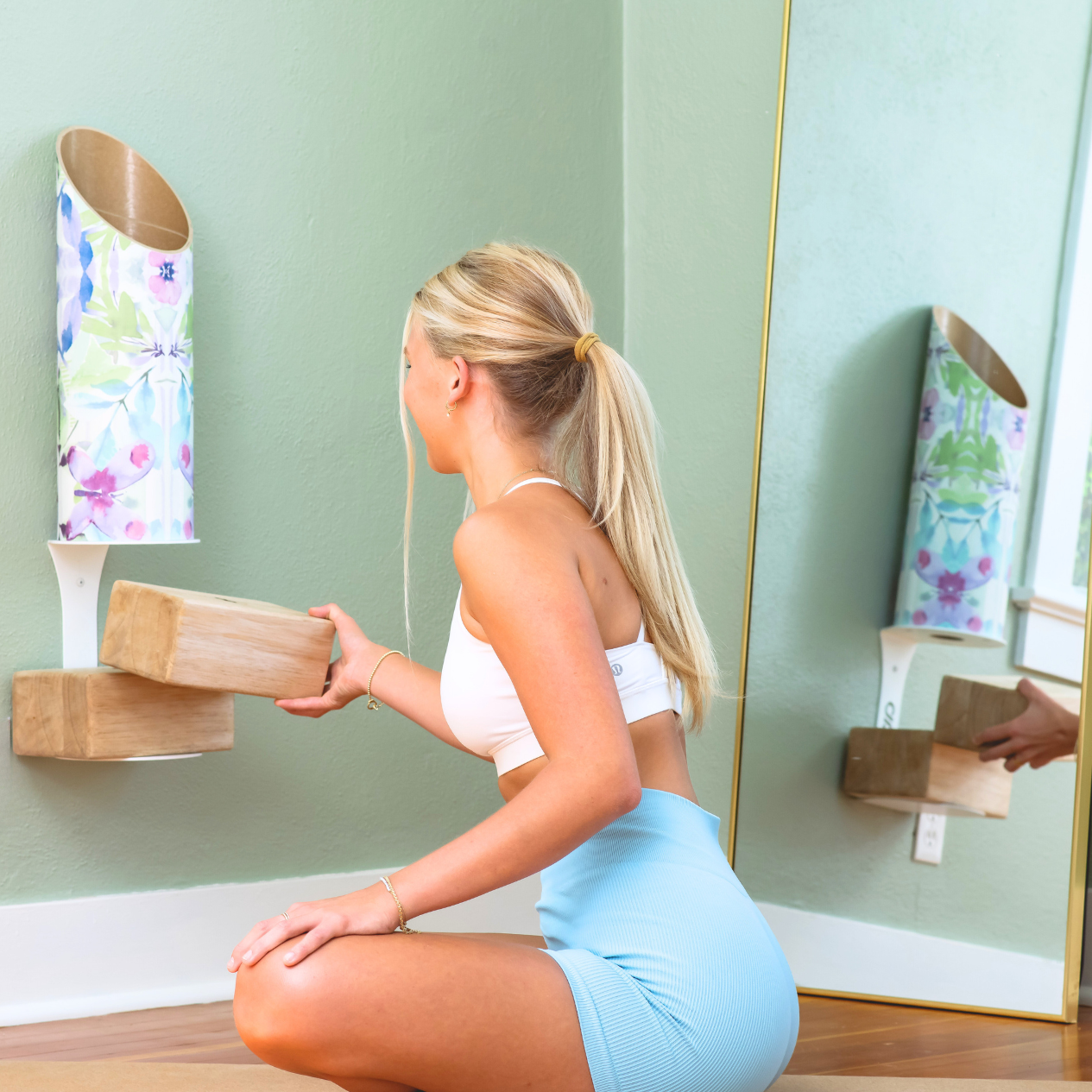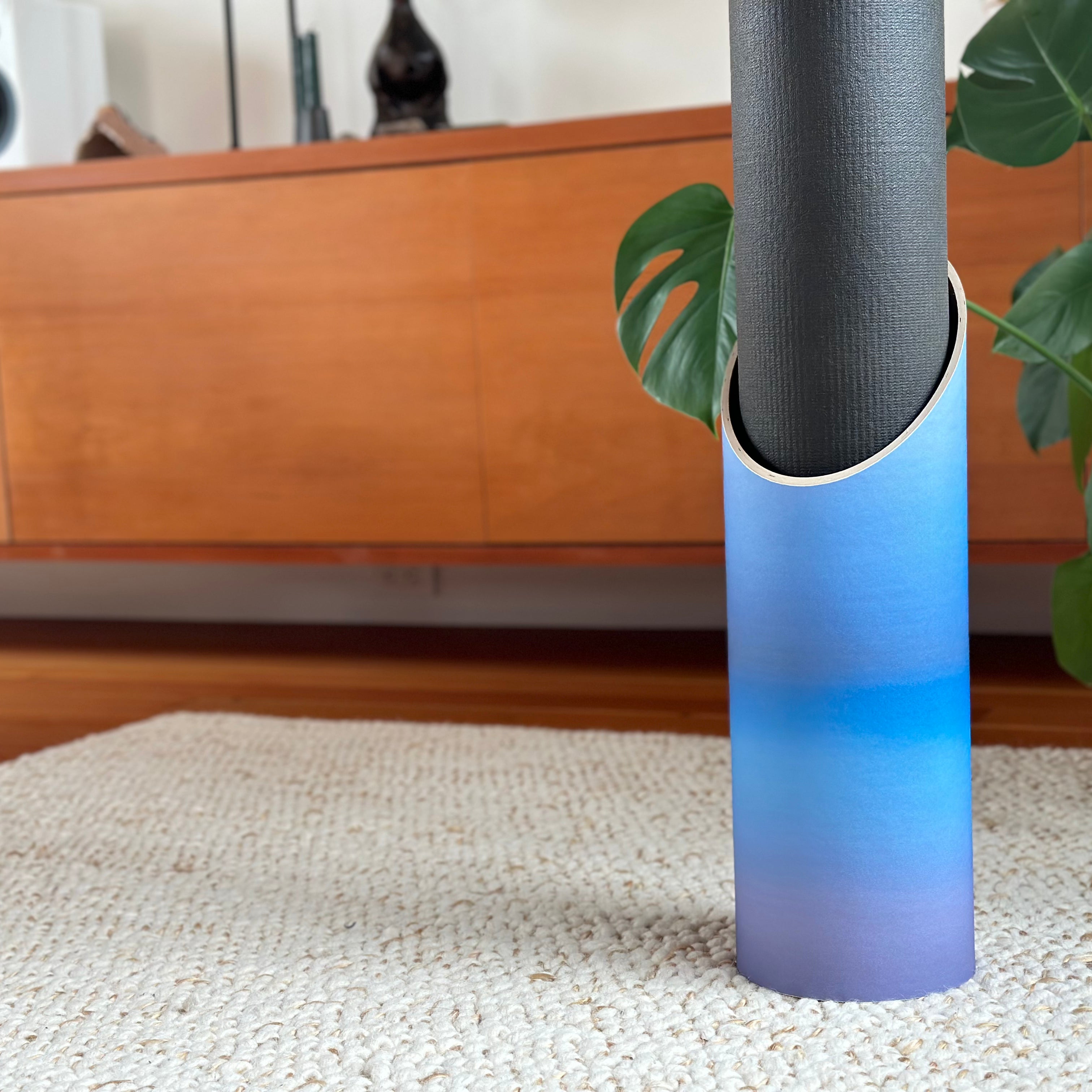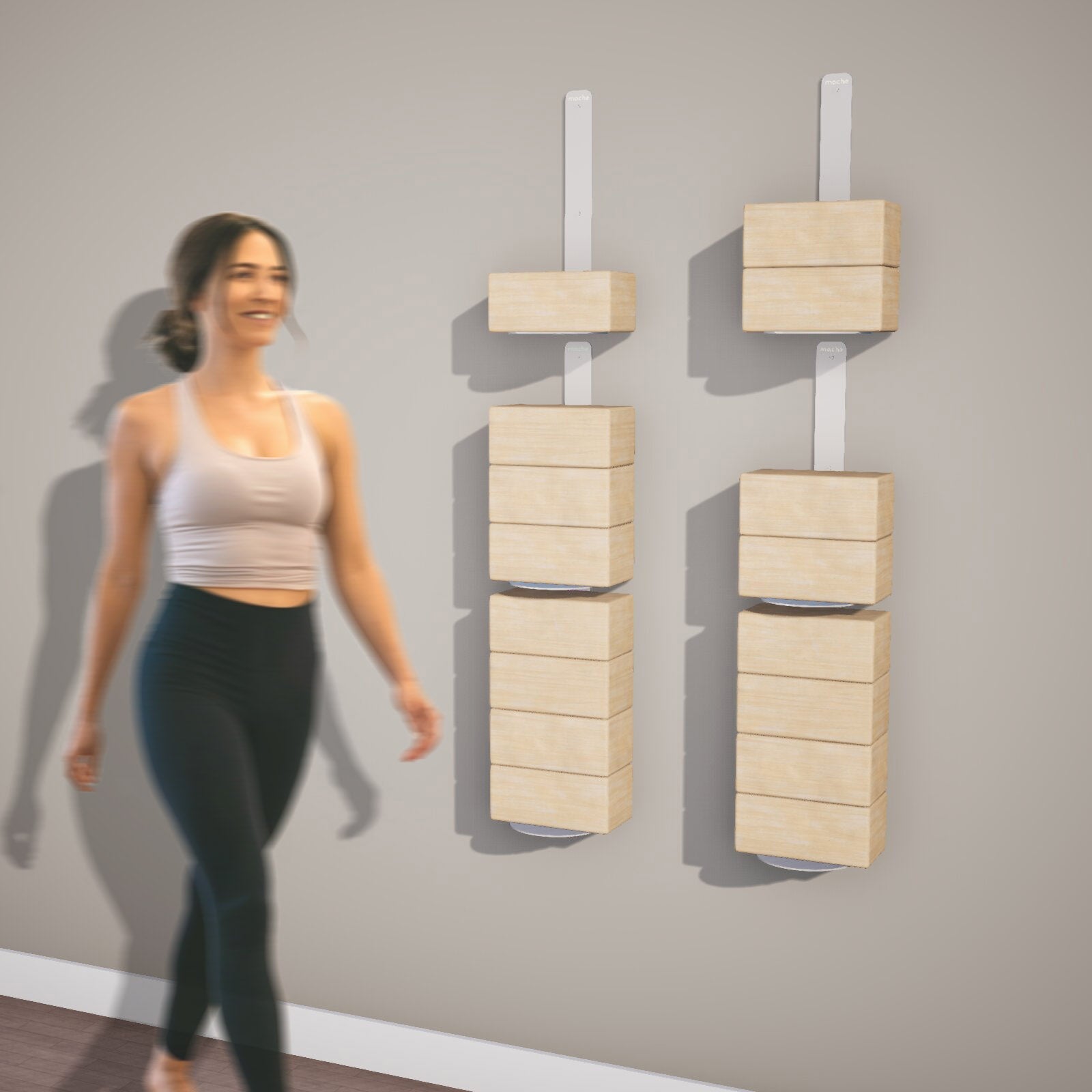As yogis and fitness enthusiasts, we all want to lead a healthy and sustainable lifestyle. We pay attention to what we eat, how we move our bodies, and what products we use. But have you ever considered the impact of plastic on your practice and the planet?
Unfortunately, the yoga and fitness industry has a plastic problem. From yoga mats to water bottles to exercise equipment, harmful plastics are everywhere. It's estimated that over 8 million metric tons of plastic enter the ocean each year, and much of this waste comes from single-use plastic products.
Plastic pollution not only harms marine life but also affects human health. When plastic breaks down into smaller pieces, known as microplastics, it can end up in our food, water, and even the air we breathe. Plastic has been found in tap water, seafood, and even bottled water, posing a risk to human health.
As a sustainable yoga prop storage and yoga props company, Mache is committed to reducing plastic waste in the yoga and fitness industry. We believe that small changes can make a big difference, and we encourage you to join us in reducing your plastic footprint.
Here are some facts and alternatives to help you reduce your plastic use:
Yoga Mats: The majority of yoga mats are made from PVC, a type of plastic that is not biodegradable and releases harmful chemicals when produced and disposed of. Look for mats made from natural and biodegradable materials like cork, natural rubber, or sustainable textile such as cotton, hemp or jute. Before running out to buy a new mat, read our 15 creative ideas for reusing your old yoga mat!
Shop our favorite sustainable yoga mats:
- cork yoga mat by ananday
- naturally dyed, organic textile yoga mat by okoliving
- natural rubber yoga mat by Jade Yoga
Water Bottles: Single-use plastic water bottles are a major contributor to plastic pollution. Invest in a reusable water bottle made from stainless steel or glass, and bring it with you to yoga class or the gym.
Clothing: Many workout clothes contain synthetic fabrics like polyester and nylon, which shed microfibers when washed and contribute to plastic pollution. While it may be tempting to buy clothes made out of recycled materials like plastic water bottles, these can leech harmful micro-plastics into our waterways when we wash them. Look for workout clothes made from natural fibers like cotton.
Props: Yoga blocks, straps, and bolsters are often made from synthetic materials like foam or PVC. Those synthetic materials tend to off-gas toxins, so they are hardly the type of materials we want to be around while breathing deeply during our pranayama or sweat session. Look for props made from natural materials like cork, natural cotton or balsa wood, or opt for recycled or up-cycled props.
Packaging: Look for products with minimal packaging, or packaging made from recycled or biodegradable materials. Avoid products with plastic packaging and discover more ways to reduce waste and live sustainably.
By making small changes to our practice and lifestyle, we can reduce our plastic footprint and protect our planet. At Mache, we believe that every small step counts, and we're committed to creating sustainable and toxin-free yoga props and storage solutions for yogis who care about their practice and the planet.
Let's work together to reduce plastic waste in the yoga and fitness industry and create a healthier and more sustainable future for ourselves and the planet.


